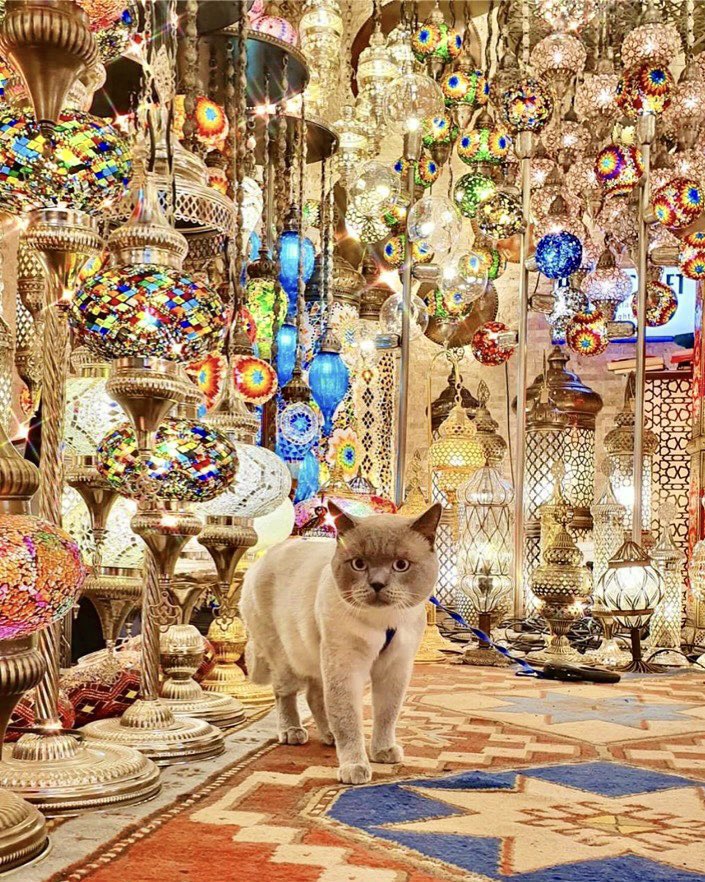
Istanbul is known as the "City of Cats" and sometimes referred to as "Catstanbul." Hundreds of thousands of cats have roamed the metropolis for millenniums.
It’s #Caturday and to celebrate the start of the weekend, a thread on the cats of Istanbul …
It’s #Caturday and to celebrate the start of the weekend, a thread on the cats of Istanbul …

1/ The city of Istanbul is chock full of cats, with some estimates putting the number of stray felines at 125,000. The citizens of Istanbul do not see this as a problem; they welcome their feline friends with open arms #Caturday 

2/ Istanbul has a long history of caring for cats, which goes all the way back to the origins of the city and is firmly rooted in their culture, Islamic beliefs and sense of practicality #Caturday 
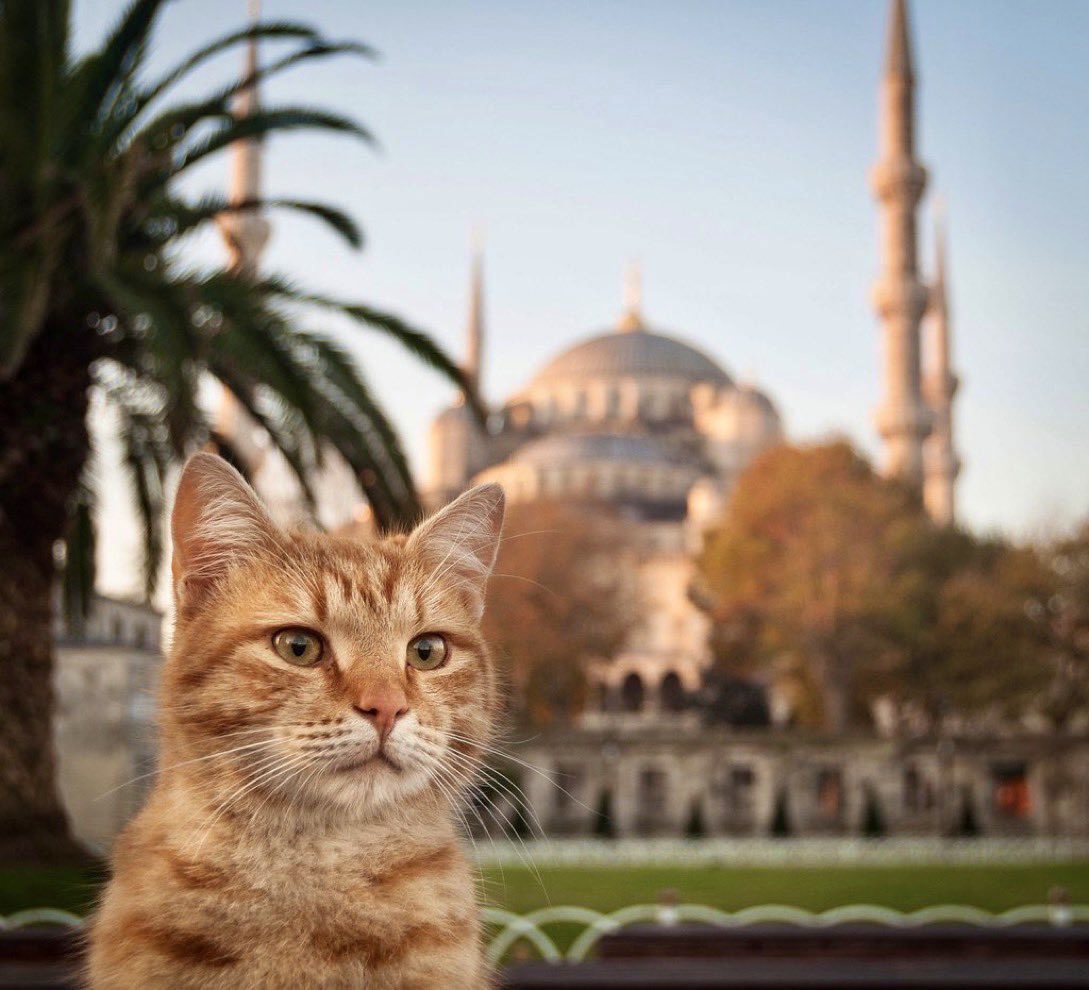
3/ In Islam, cats are considered ritually clean animals and the only animal to be permitted to enter the Great Mosque of Mecca. There are many stories in the history books referencing the Prophet Muhammad's (PBUH) love of cats #Caturday 

4/ The rise of cats in Istanbul dates back to the people who settled in the city, the Ottomans. As a result of their long history with cats, felines have become an essential part of Turkish culture and the city of Istanbul #Caturday 

5/ Cats have earned their keep as useful members of society in Istanbul. In the days of old cats kept vermin away, which meant less food lost & fewer instances of disease #Caturday 
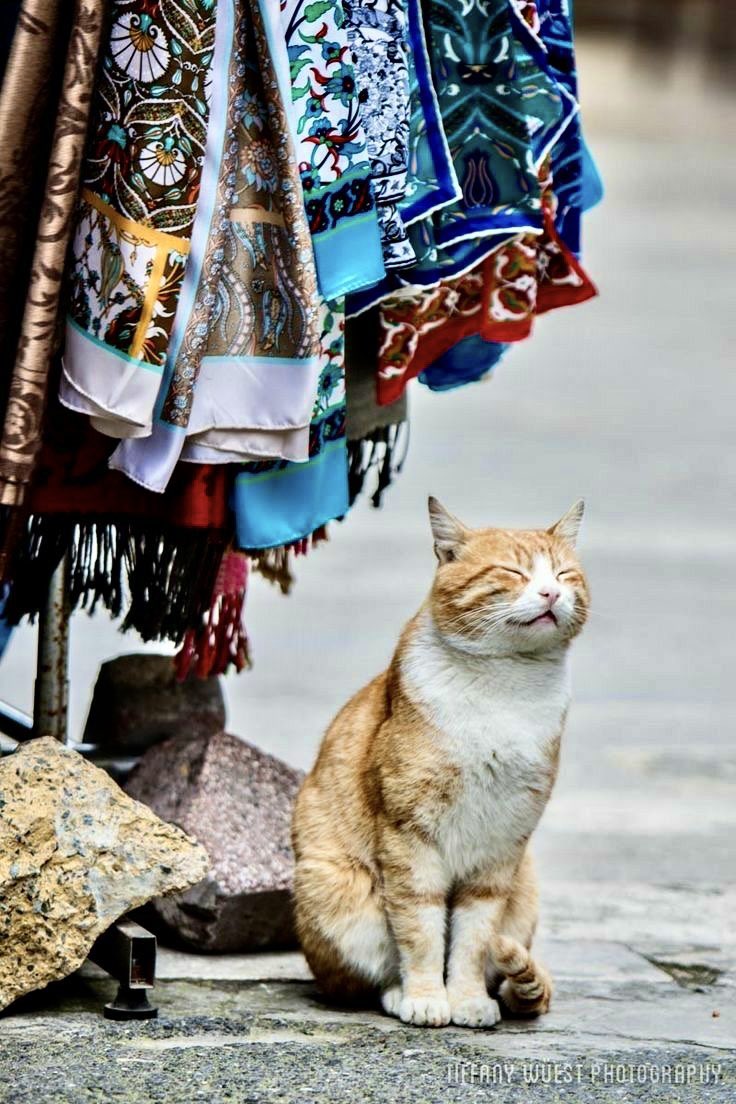
6/ Aside from cats protecting homes & food stores from pests, cats were valued by the paper-based Islamic cultures & Ottoman scholars for preying on mice that destroyed books. For that reason cats are often depicted in paintings alongside Islamic scholars & bibliophiles #Caturday 
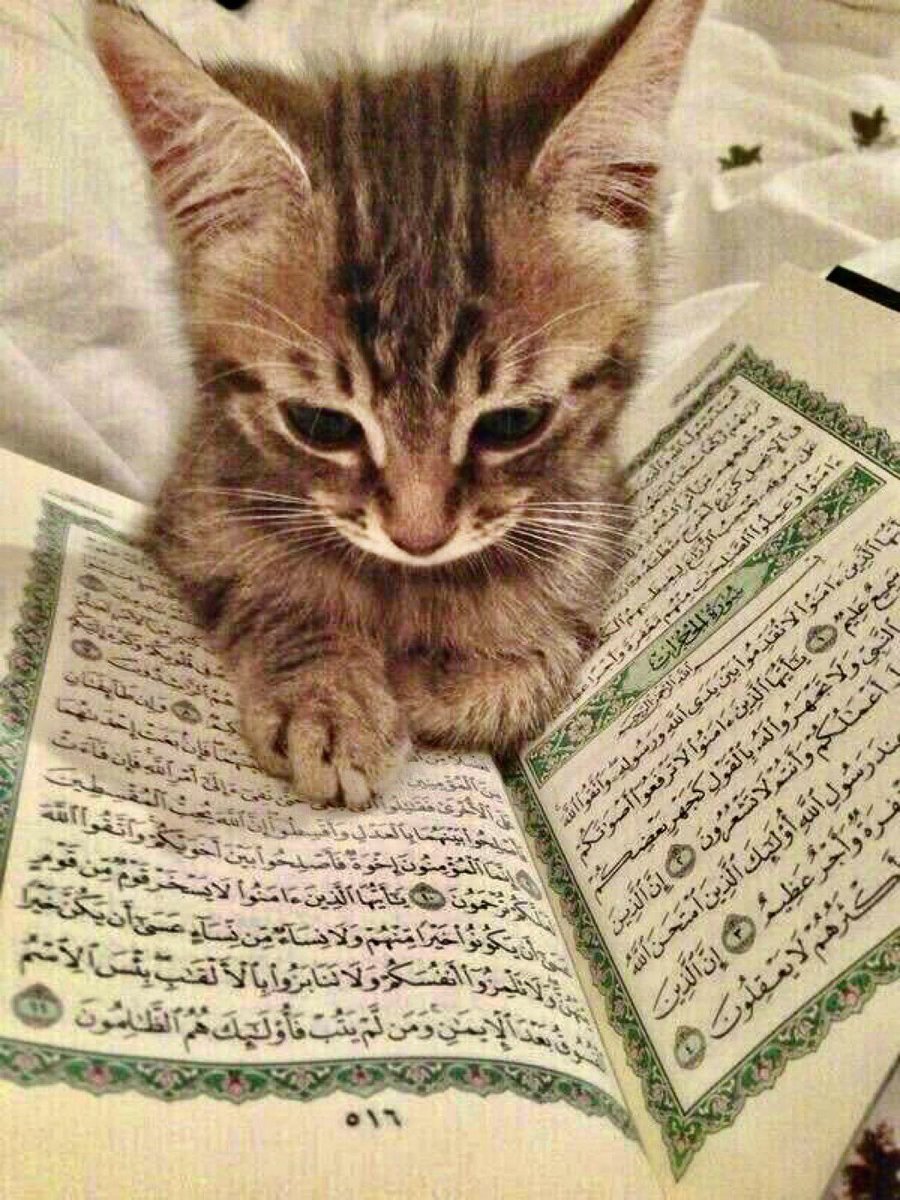
7/ The Ottomans established foundations for street animals. People called “mancacı” worked on behalf of these foundations and one of their responsibilities was to feed stray animals #Caturday 
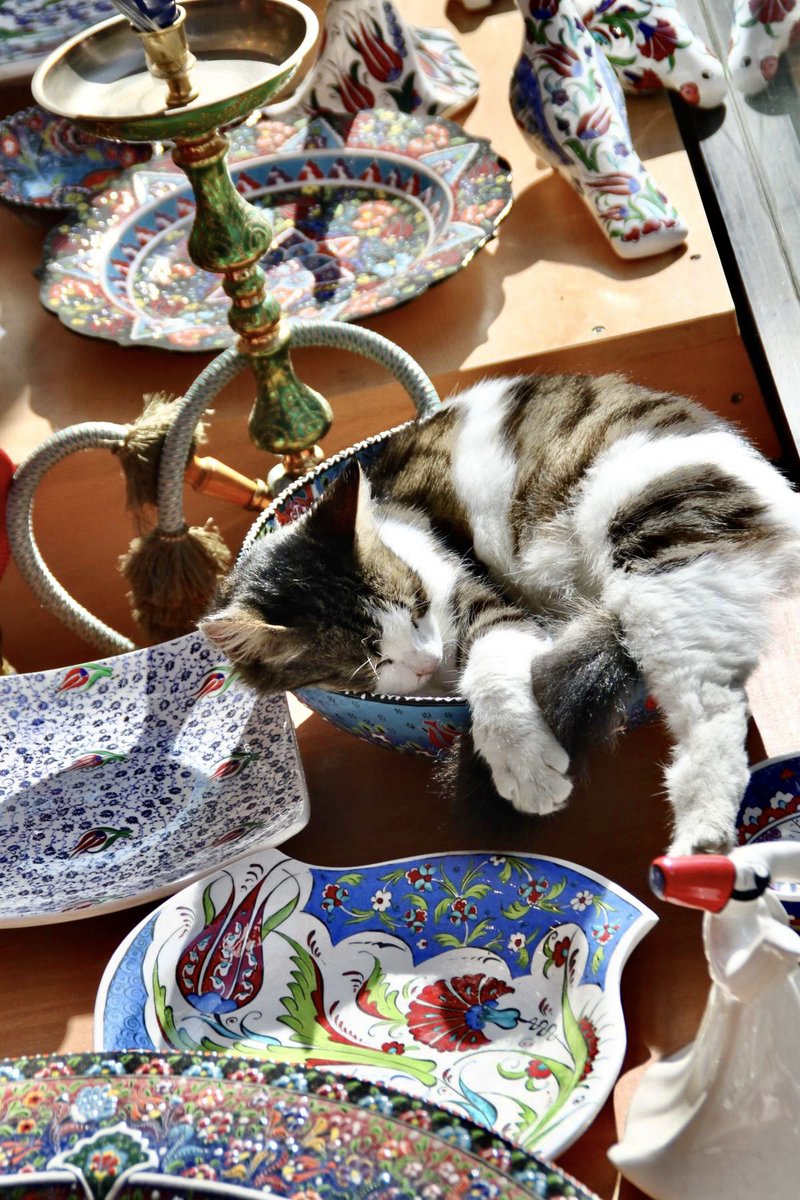
8/ İsmail Saib Sencer (1873-1940), the director of the Bayezid Library in Istanbul, fed hundreds of cats. For this reason, Bayezid Library was called “The Cat Library #Caturday 

9/ Based on their practical uses, cats have an important place in Istanbul's culture. The citizens of Istanbul have created practices that allow cats to flourish. And some breeds of cats have even become synonymous with the country of Türkiye #Caturday 
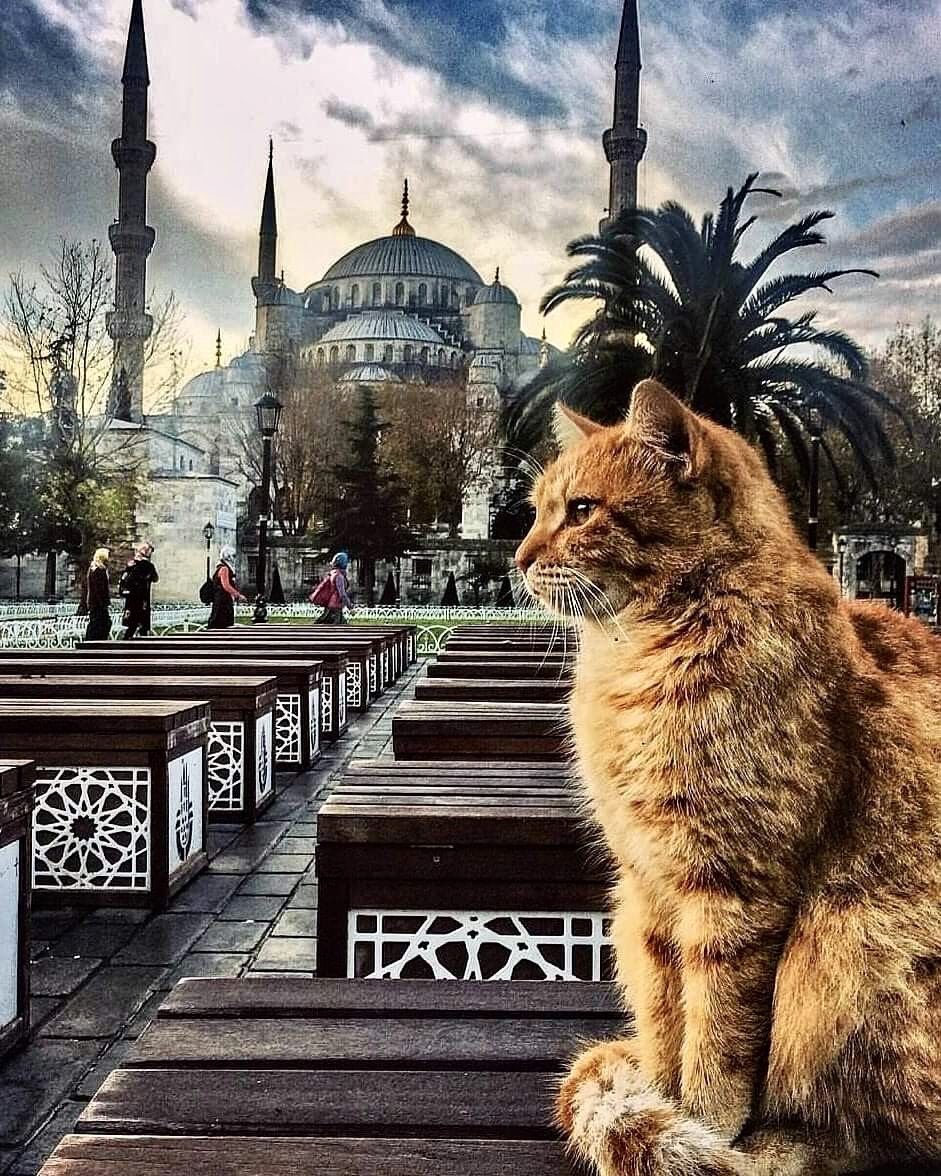
10/ The citizens of Istanbul have a unique, unspoken rule regarding the cats in their city: they view the cats as belonging to everyone and no one at the same time. This ensures that the cats have their independence & freedom, but also ensures that they are cared for #Caturday 

11/ As a result of this unspoken rule, the cats in Istanbul are often friendly and calm, approaching strangers to be loved #Caturday 

12/ The city's streets are lined with food and water bowls and small cat houses placed by residents in a communal effort to look after street cats #Caturday 
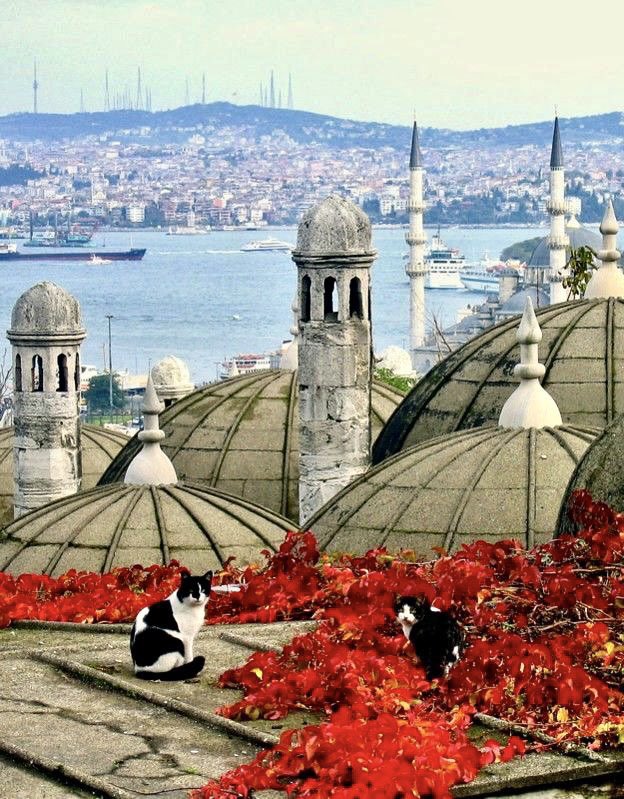
13/ A cat outside The Galata Tower, or Galata Kulesi Museum. It is a tower in the Beyoğlu district of Istanbul, Türkiye. It is named after the quarter in which it is located, Galata #Caturday 
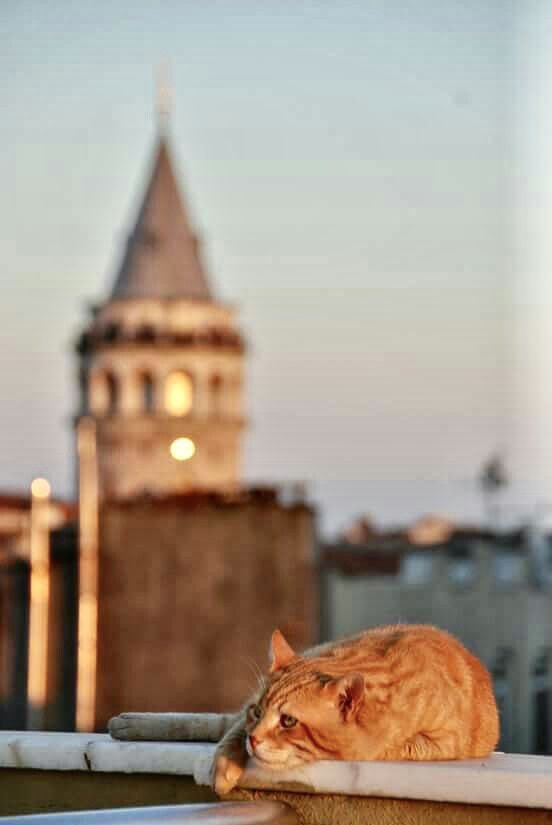
14/ In Istanbul, cats are respected and also seen as legal beings with even a legislation in place protecting them from harm, ensuring they are safe at all times #Caturday 

16/ In Islamic tradition, cats are admired for their cleanliness. They are thought to be ritually clean, and are thus allowed to enter homes and even mosques. Many cats will be found in mosques in Istanbul #Caturday 
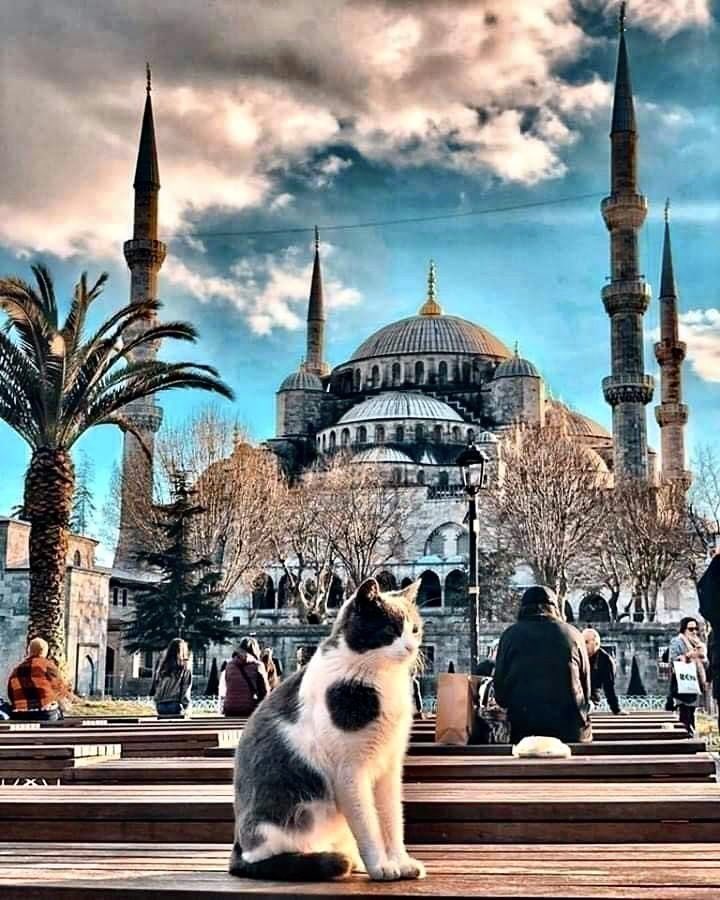
17/ Cats are no strangers to mosques in Istanbul and indeed, some found spotlight with their residence in famed mosques like Hagia Sophia Grand Mosque #Caturday 

18/ Gli, the famous cat of Hagia Sophia Mosque. Gli was a beloved and world-famous Turkish shorthair cat who resided at the Hagia Sophia in Istanbul & sadly died on 7 November 2020, aged 16 #Caturday 
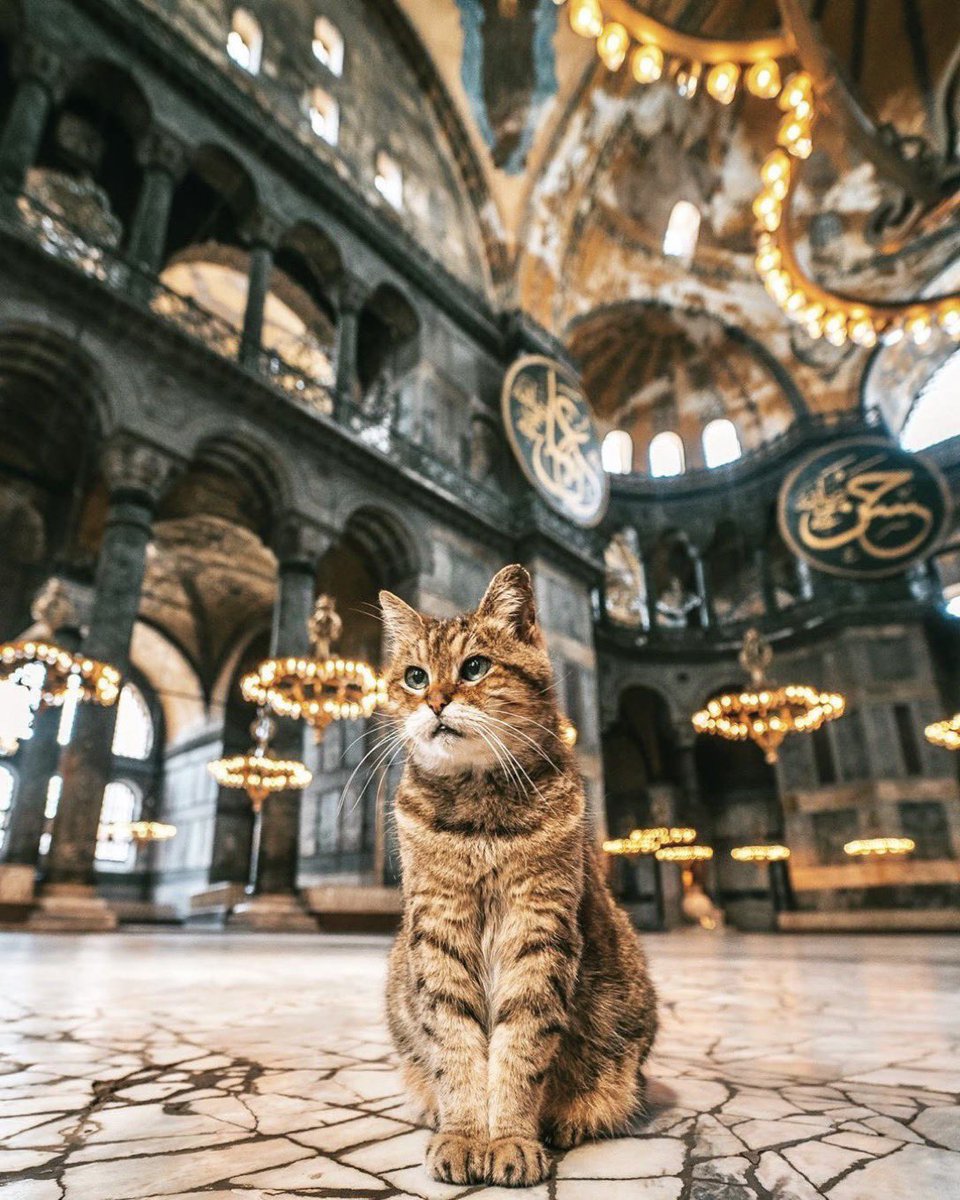
19/ Imam Hüseyin Koçak, from the mosque in Kırklareli province’s Ahmetçe village, Türkiye is renowned for the care and shelter he provides to cats in the mosque, especially during harsh winters #Caturday 
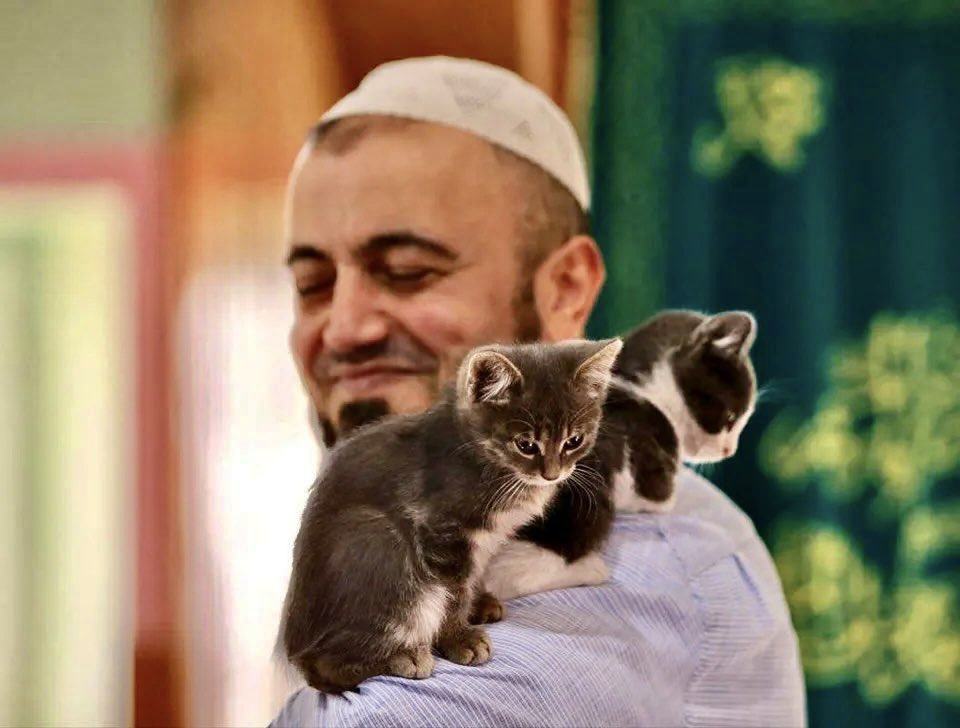
20/ Imam Hüseyin Koçak and others regularly feed the cats. Cats also find a space to play inside the vast mosque, huddling with the imam and casually walking among ranks of the faithful performing prayers #Caturday 
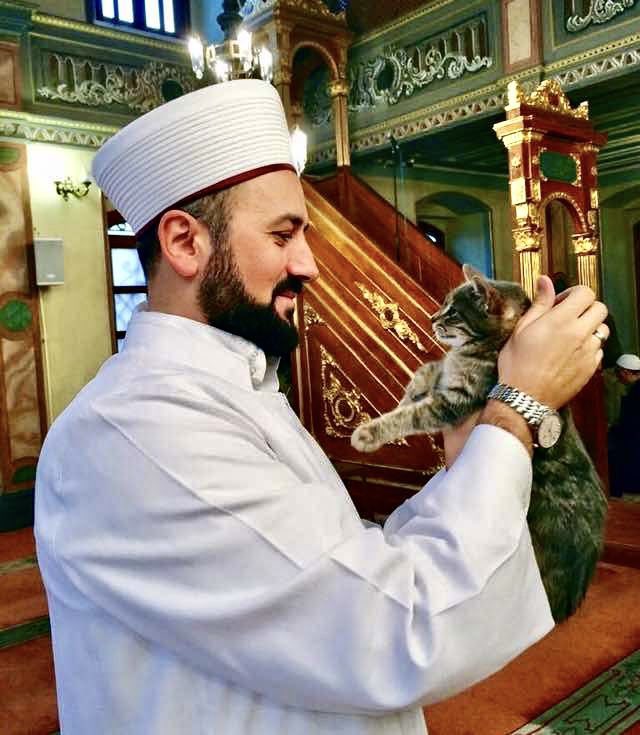
21/ Tombili (Turkish for a chubby pet) was a famous street cat from Ziverbey in the Kadikoy district. She was loved for her friendliness & iconic pose while leaning against the steps. When photos of this pose went viral, the cat became a phenomenon on social media #Caturday 

22/ After her death, 17,000 people signed a petition to honor her memory, which was accepted by the mayor of Kadikoy. As a result, a local sculptor made a statue recreating her famous pose. The sculpture was inaugurated on World Wildlife Day on 4th October 2016 #Caturday 

23/ This cat was rescued from under the rubble after the earthquakes in Turkey, & taken in by rescue worker Ali Çakas - who saved the cat after being under rubble for 129 hours. 



24/ After the cat was saved from under the rubble in Turkey, it now refuses to leave its rescuer's side.
Please continue to help & support those affected by the earthquake with donations: launchgood.com/earthquake2023
@LaunchGood #Turkiye #هزة_أرضية
Video credit @historyinmemes
Please continue to help & support those affected by the earthquake with donations: launchgood.com/earthquake2023
@LaunchGood #Turkiye #هزة_أرضية
Video credit @historyinmemes
• • •
Missing some Tweet in this thread? You can try to
force a refresh

